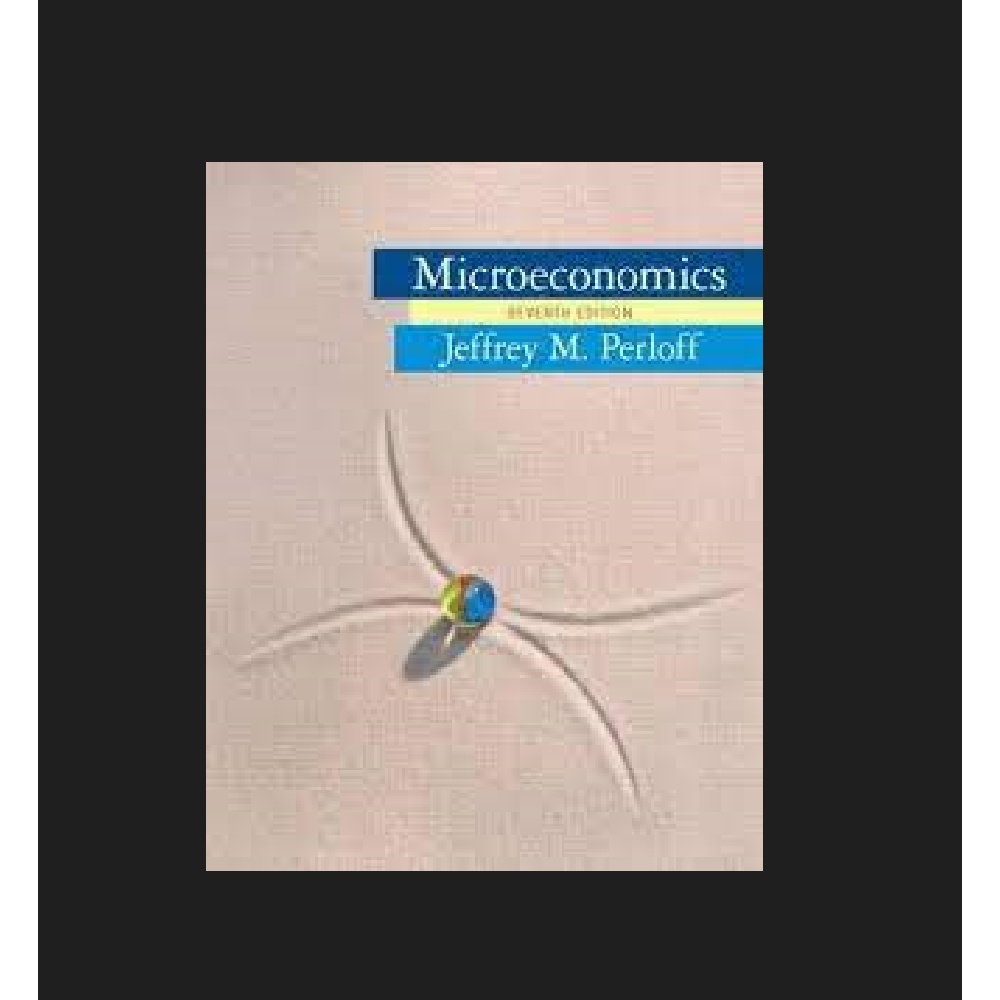Microeconomics 7th Edition By Jeffrey M. Perloff – Test Bank
$55.00
Microeconomics 7th Edition By Jeffrey M. Perloff – Test Bank
You will receive this product within 24 hours after placing the order
Microeconomics 7th Edition By Jeffrey M. Perloff – Test Bank
Chapter 11 Monopoly
11.1 Monopoly Profit Maximization
1) For a monopoly, marginal revenue is less than price because
A) the firm is a price taker.
B) the firm must lower price if it wishes to sell more output.
C) the firm can sell all of its output at any price.
D) the demand for the firm’s output is perfectly elastic.
Answer: B
Section: Monopoly Profit Maximization
Question Status: Old
AACSB: Analytic thinking
2) For a monopoly, marginal revenue is less than price because
A) the demand for the firm’s output is downward sloping.
B) the firm has no supply curve.
C) the firm can sell all of its output at any price.
D) the demand for the firm’s output is perfectly elastic.
Answer: A
Section: Monopoly Profit Maximization
Question Status: Old
AACSB: Analytic thinking
3) Marginal Revenue is
A) the increase in total revenue from selling one more unit of output.
B) equal to P(1+1/ε).
C) equal to P when the price elasticity of demand is infinite.
D) All of the above.
Answer: D
Section: Monopoly Profit Maximization
Question Status: Revised
AACSB: Analytic thinking
4) At the current level of output, a firm’s marginal cost equals 16 and marginal revenue equals 10. The firm
A) is producing the profit-maximizing amount.
B) should produce more.
C) should produce less.
D) Not enough information.
Answer: C
Section: Monopoly Profit Maximization
Question Status: Old
AACSB: Analytic thinking
5) At an output level of 100, a monopolist faces MC = 15 and MR = 17. At output level q = 101, the monopolist’s MC = 16 and MR = 15. To maximize profits, the firm
A) should produce 100 units.
B) should produce 101 units.
C) cannot maximize profits.
D) is not a monopoly.
Answer: A
Section: Monopoly Profit Maximization
Question Status: Old
AACSB: Analytic thinking
6) If a firm is able to influence its price,
A) it is a monopoly.
B) it has constant marginal revenue.
C) it sells its output at a constant price.
D) it faces a downward-sloping demand curve.
Answer: D
Section: Monopoly Profit Maximization
Question Status: Revised
AACSB: Analytic thinking
7) One difference between a monopoly and a competitive firm is that
A) a monopoly is a price taker.
B) a monopoly maximizes profit by setting marginal revenue equal to marginal cost.
C) a monopoly faces a downward sloping demand curve.
D) None of the above.
Answer: C
Section: Monopoly Profit Maximization
Question Status: Old
AACSB: Analytic thinking
8) If the inverse demand function for a monopoly’s product is p = a – bQ, then the firm’s marginal revenue function is
A) a.
B) a – (1/2)bQ.
C) a – bQ.
D) a – 2bQ.
Answer: D
Section: Monopoly Profit Maximization
Question Status: Old
AACSB: Analytic thinking
9) If the inverse demand function for a monopoly’s product is p = 100 – 2Q, then the firm’s marginal revenue function is
A) -2.
B) 100 – 4Q.
C) 200 – 4Q.
D) 200 – 2Q.
Answer: B
Section: Monopoly Profit Maximization
Question Status: Old
AACSB: Analytic thinking
10) If the inverse demand curve a monopoly faces is p = 100 – 2Q, then profit maximization
A) is achieved when 25 units are produced.
B) is achieved by setting price equal to 25.
C) is achieved only by shutting down in the short run.
D) cannot be determined solely from the information provided.
Answer: D
Section: Monopoly Profit Maximization
Question Status: Old
AACSB: Analytic thinking
11) If the inverse demand curve a monopoly faces is p = 100 – 2Q, and MC is constant at 16, then profit maximization
A) is achieved when 21 units are produced.
B) is achieved by setting price equal to 21.
C) is achieved only by shutting down in the short run.
D) cannot be determined solely from the information provided.
Answer: A
Section: Monopoly Profit Maximization
Question Status: Old
AACSB: Analytic thinking











Reviews
There are no reviews yet.